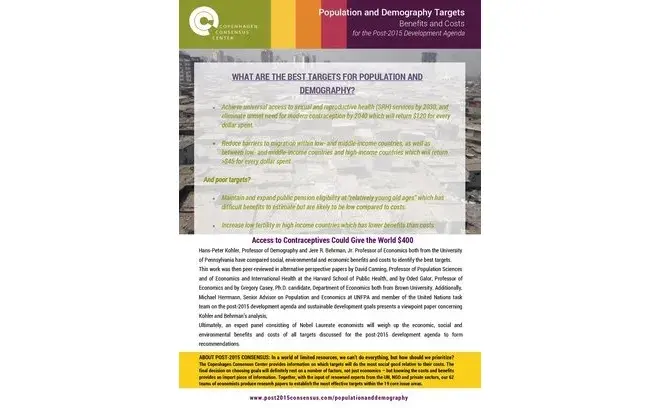Population and Demographics
Within population and demography, the targets that have the highest benefit-cost ratios are:
- Achieve universal access to sexual and reproductive health (SRH) services by 2030, and eliminate unmet need for modern contraception by 2040 which will return $120 for every dollar spent.
- Reduce barriers to migration within low- and middle-income countries, as well as between low- and middle-income countries and high-income countries which will return >$45 for every dollar spent.
Targets with probably high, but difficult to quantify, benefit-cost ratios include:
- Eliminate age-based eligibility criteria for retirement, and the development of public pension systems that are based on expected years of remaining life given fixed characteristics which has difficult benefits to estimate but are likely to far exceed the costs.
- Make more efficient and more equitable inevitable urbanization by achieving balance between functions for which there are considerable economies of scale such as transportation and communication networks and functions for which decentralization is likely to lead to the best responses to heterogeneous local conditions and preferences, which has difficult benefits to estimate but are likely to far exceed the costs.
Targets with relatively low benefit-cost ratios include:
- Maintain and expand public pension eligibility at “relatively young old ages” which has difficult benefits to estimate but are likely to be low compared to costs.
-
Increase low fertility in high-income countries via family programs (with the exception of the expansion of early childhood education and high-quality day care) which has difficult benefits to estimate but are likely to be low compared to costs.
Scroll down to read our series of reports examining population and demography targets for the post-2015 development agenda, written by leading economists and experts.
Assessment Paper
Hans Peter Kohler, Professor of Demography and Jere R. Behrman, Professor of Economics, both from University of Pennsylvania assess the costs and benefits of targets for population and demography. They show that, for high fertility countries, providing universal access to sexual and reproductive health rights and meeting unmet need for contraception are phenomenal targets for the post-2015 agenda. For developed countries with ageing populations, a good strategy is to encourage people to retire later. Furthermore, instead of attempting to increase fertility organically, it is better to expand migration to rejuvenate an ageing population.
The benefit-cost ratios of expanding access to sexual and reproductive health information, education and services through voluntary family planning programs are likely to be large."
- Hans Peter Kohler and Jere R. Behrman
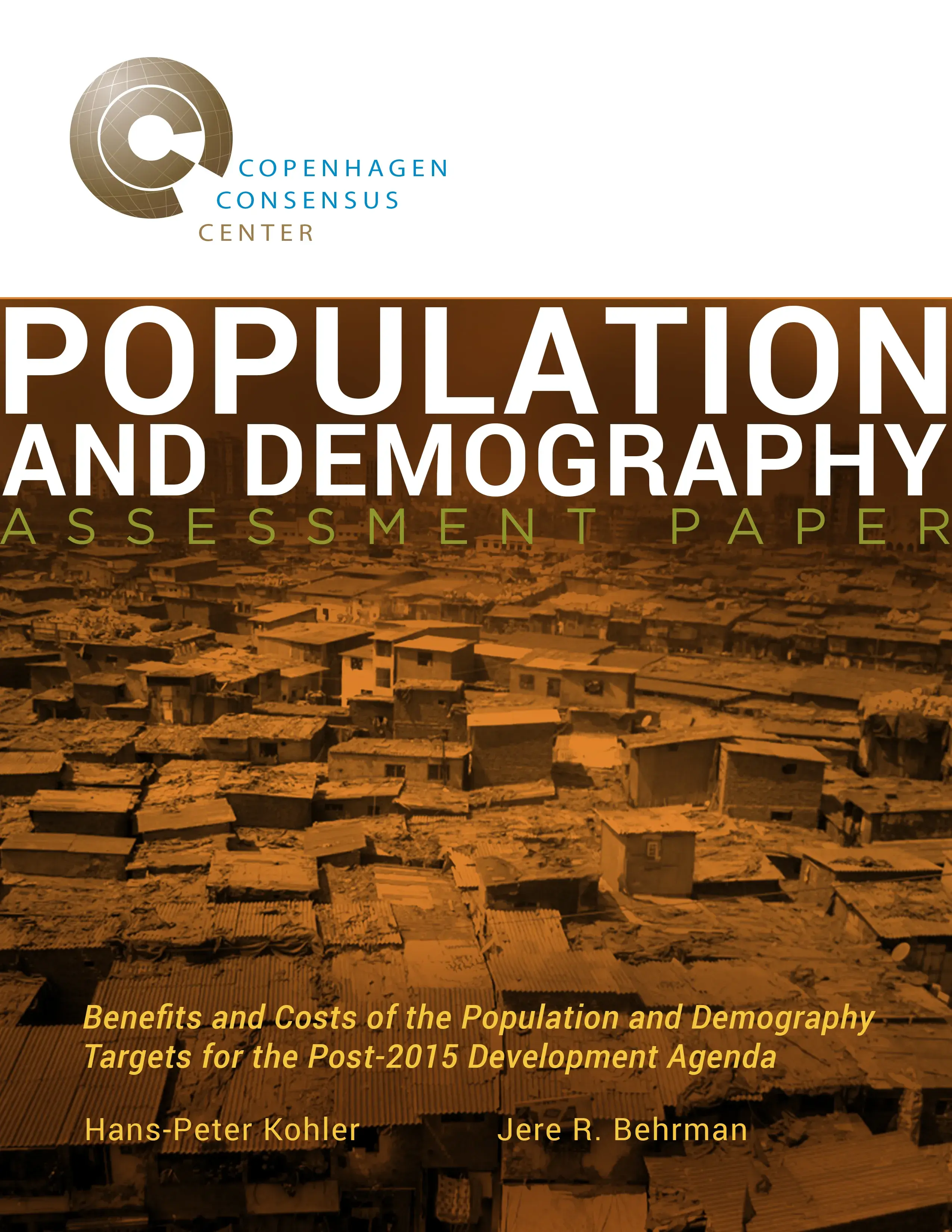
Perspective Paper
David Canning, Professor of Population Sciences and Professor of Economics at Harvard School of Public Health, provides a thought-provoking review of the assessment paper, asking poignant questions about the benefit-cost analysis such as: 'how do we value the welfare of the unborn?', 'how do we account for the fact that parents like to have children?', and 'what is the best way to reconcile that mothers and fathers have different fertility preferences?'. Nevertheless, Canning agrees that family planning should have high priority in the next development agenda.
When we invoke the Pareto principle in "if everyone is better off we have a welfare improvement" does the "everyone" involve these children who are born in one scenario but not another?... I worry about applying cost benefit analysis to fertility policy without thinking hard about this issue."
- David Canning
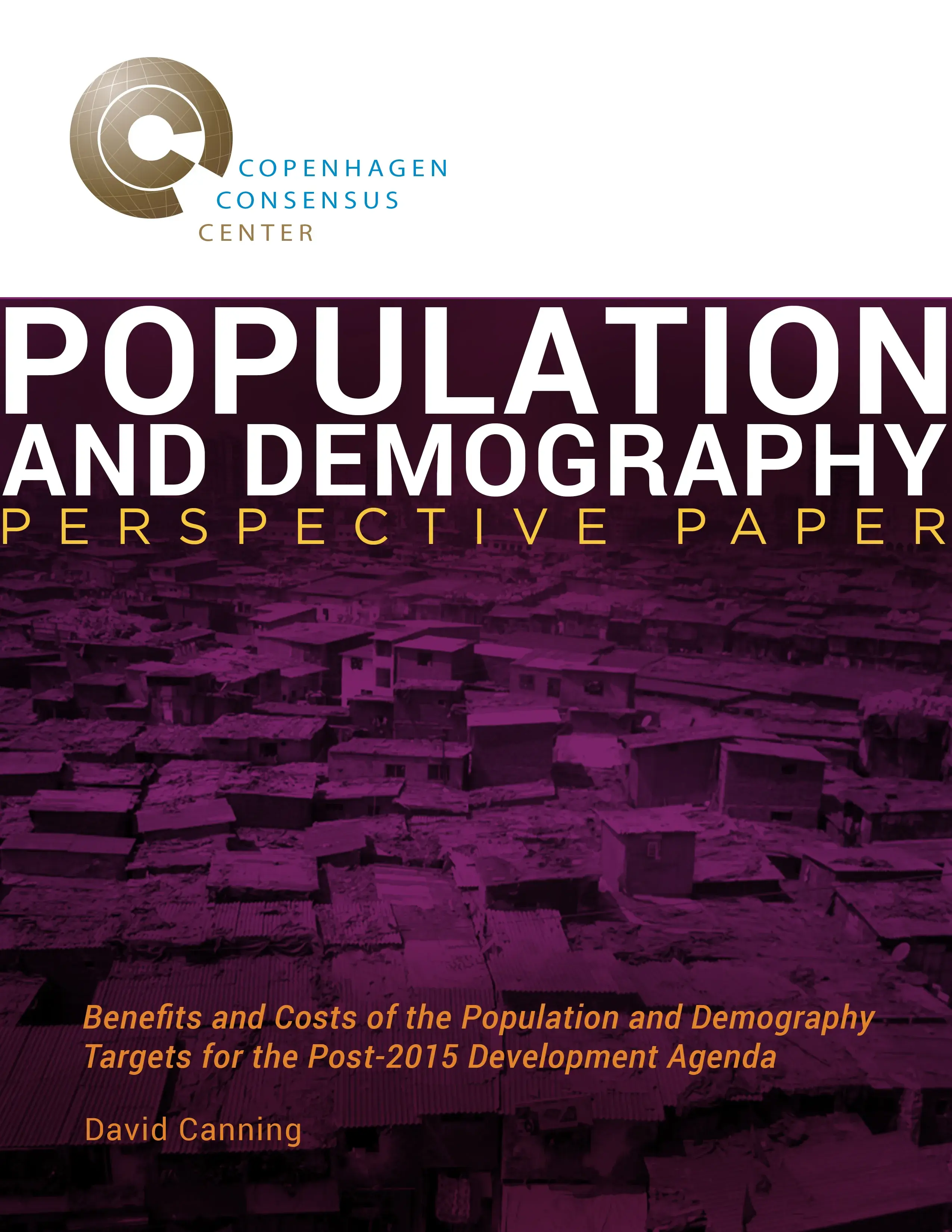
Perspective Paper
Oded Galor, Professor of Economics, and Gregory Casey, PhD candidate, both at Brown University provide a stand-alone perspective paper that reinforces the recommendations provided by the assessment paper. They suggest that increasing the returns to education will lead to a virtuous cylce for fertility, education, povery and growth outcomes. In developed countries, increasing migration of skilled workers would alleviate issues associated with ageing populations.
To avoid counteracting the positive effects of low fertility, countries can make up for a shortfall in public revenue by encouraging high skill immigration."
- Oded Galor and Gregory Casey
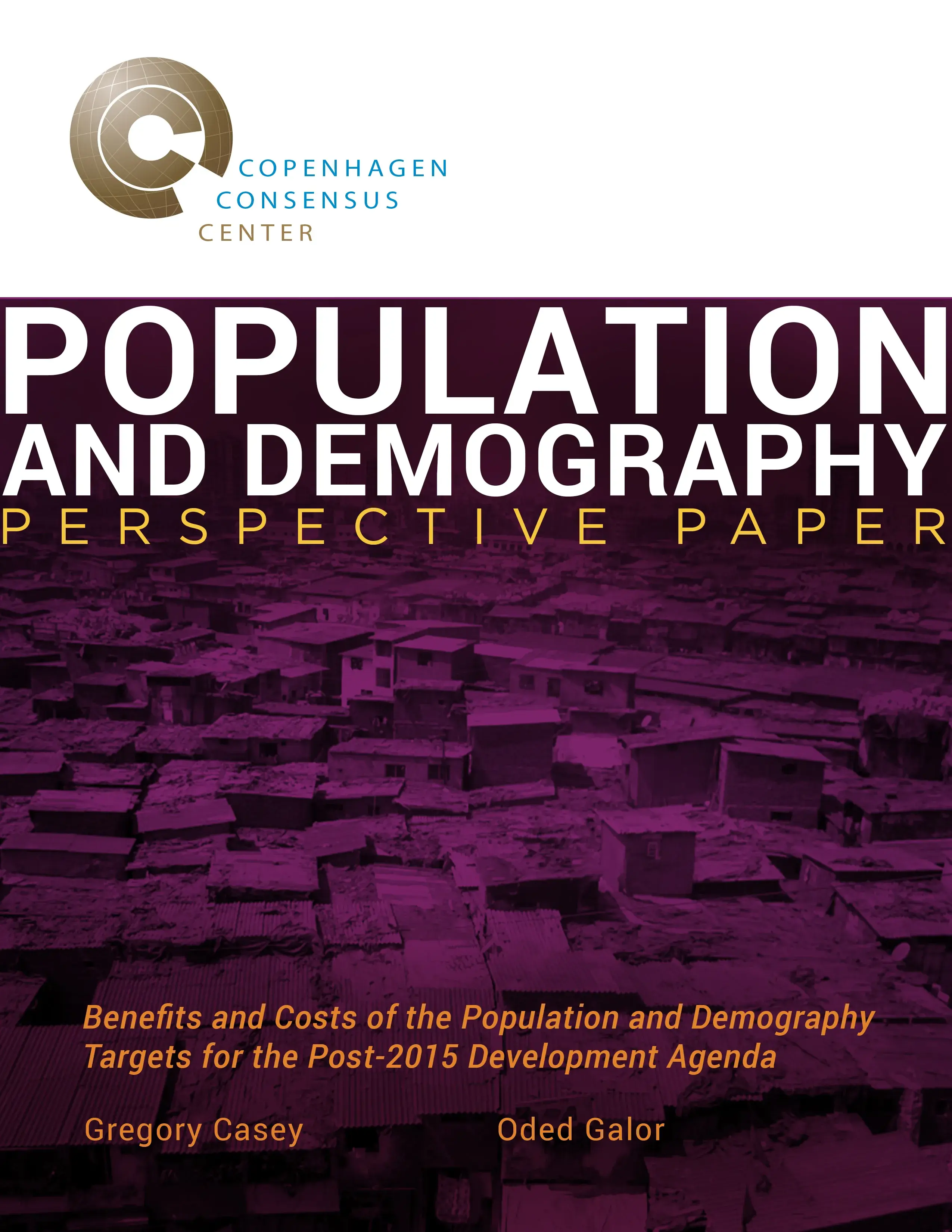
Viewpoint Paper
Michael Herrmann, Senior Advisor on Population and Economics at UNFPA questions the approach of applying benefit-cost analysis to prioritize development targets. He argues that there are limitations in the methodology, in particular, the inability to quantify and account for human rights considerations.
Any development strategy that seeks to improve the living conditions of people will fail if it is not informed by fundamental knowledge of population dynamics."
- Michael Herrmann
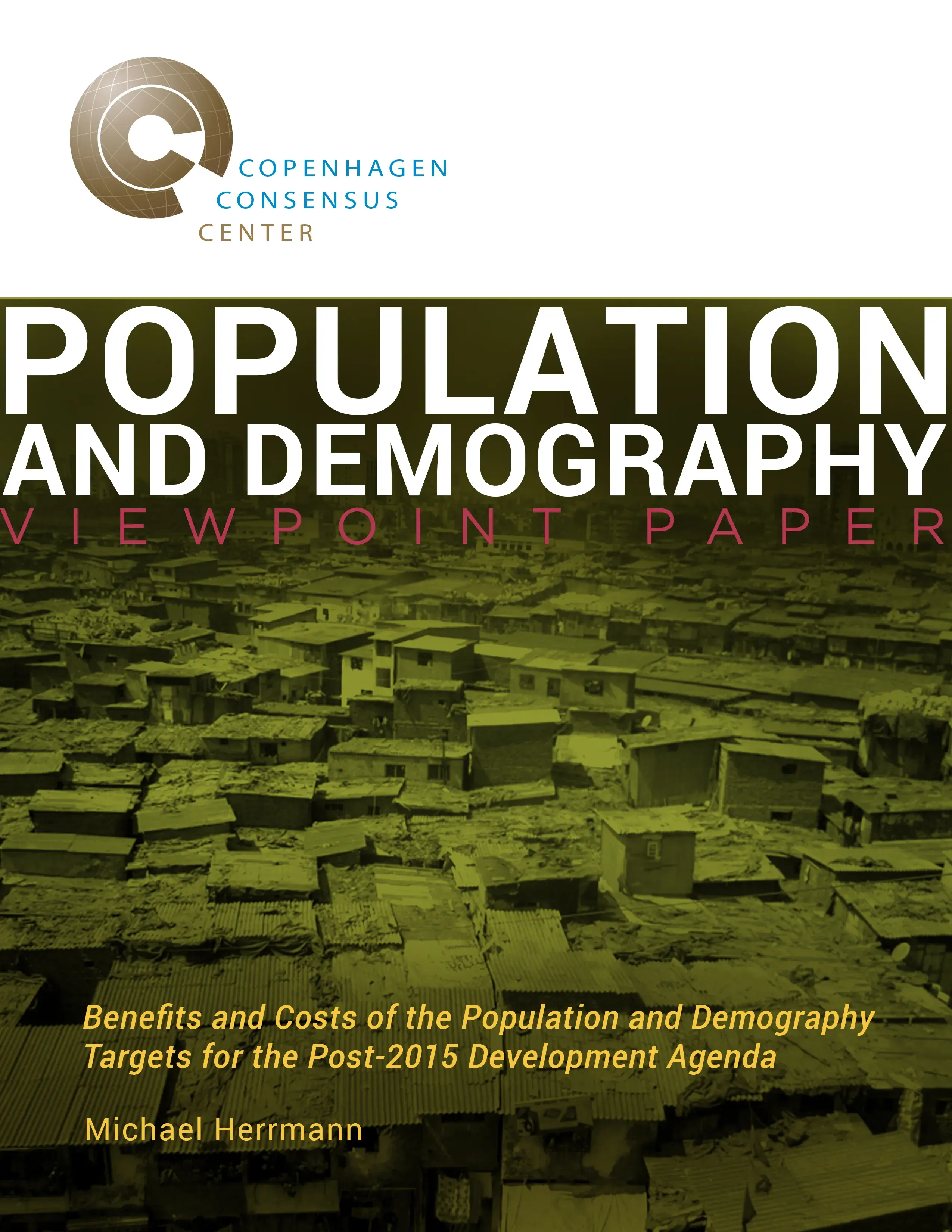
The Post-2015 Consensus project brings together 60 teams of economists with NGOs, international agencies and businesses to identify the targets with the greatest benefit-to-cost ratio for the UN's post-2015 development goals.





